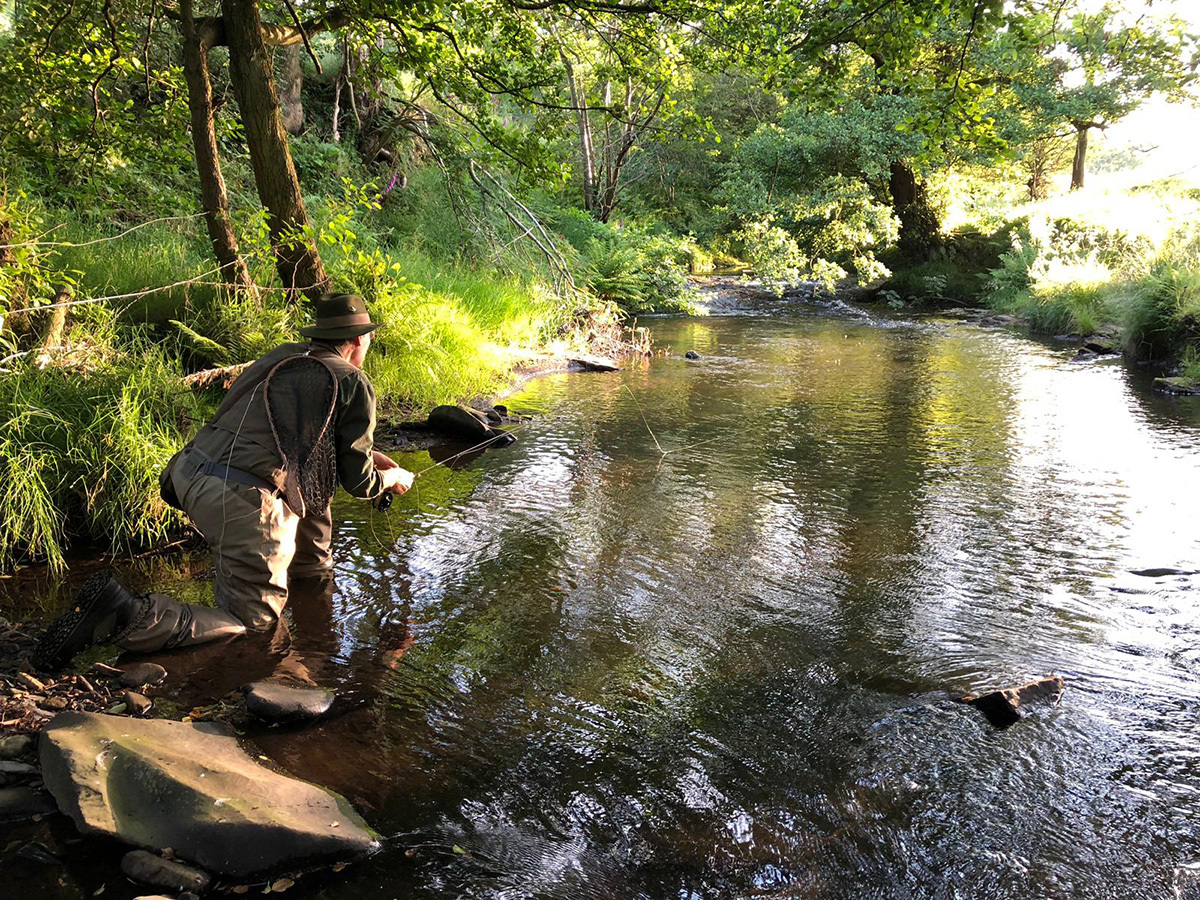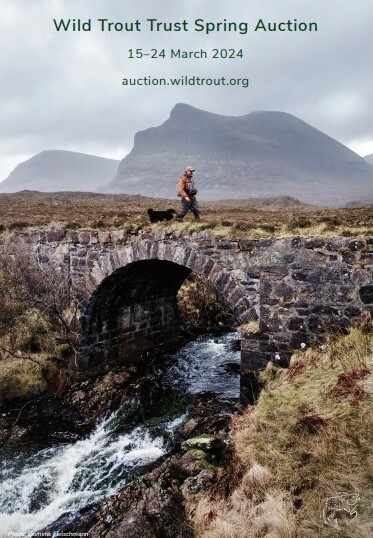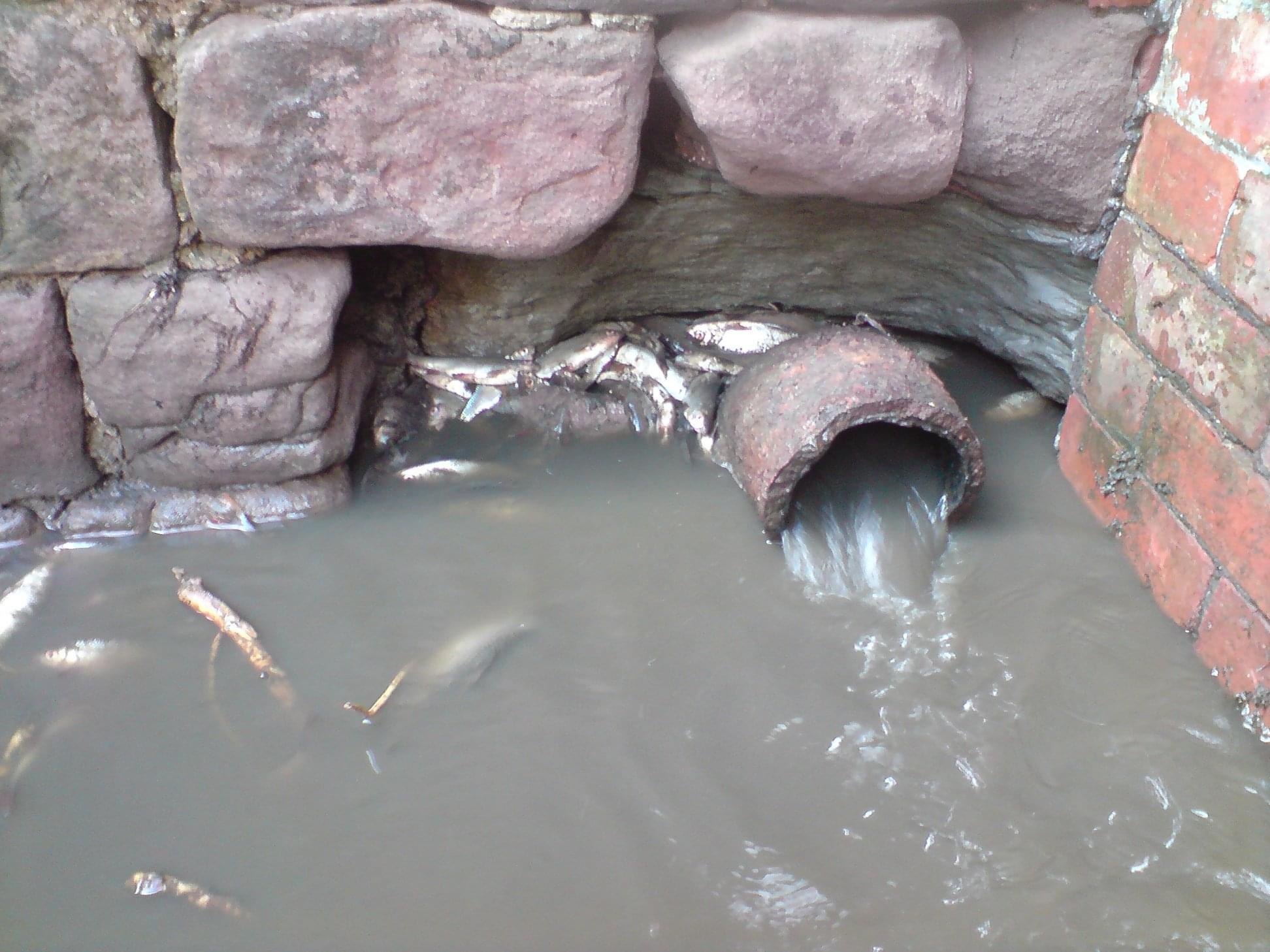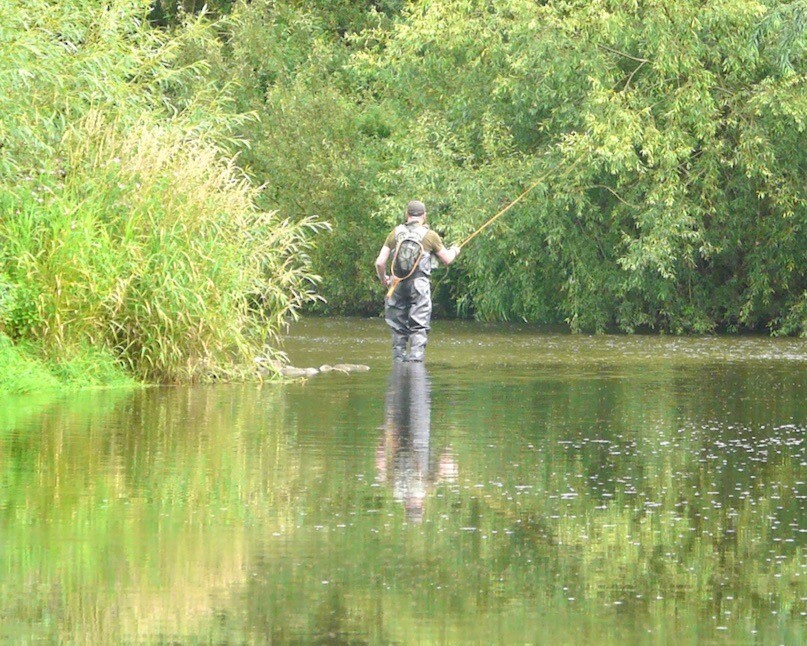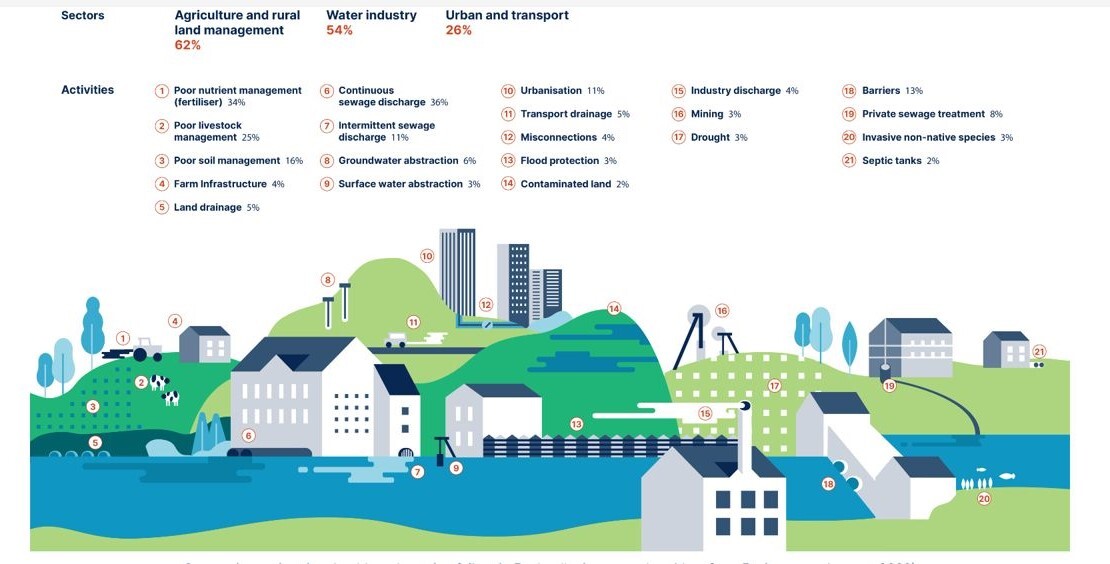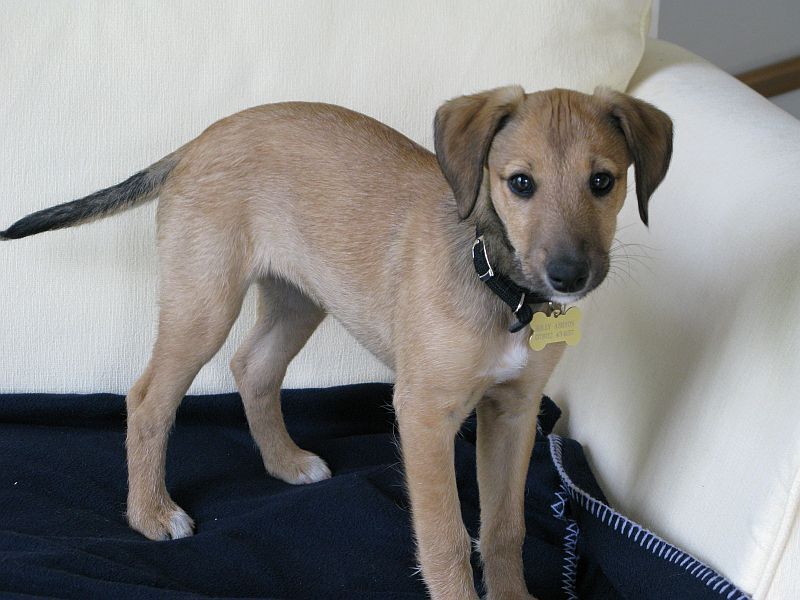Hundreds of people gathered in the extraordinary setting of Milton Abbey School in early April to remember WTT co-founder, Richard Slocock.
A series of beautiful tributes from family and friends included this poem, penned, then read at the service, by Richard’s brother, Michael. We thought you might enjoy it and, for the many who knew Richard, appreciate its fitting sentiment.






